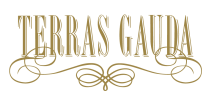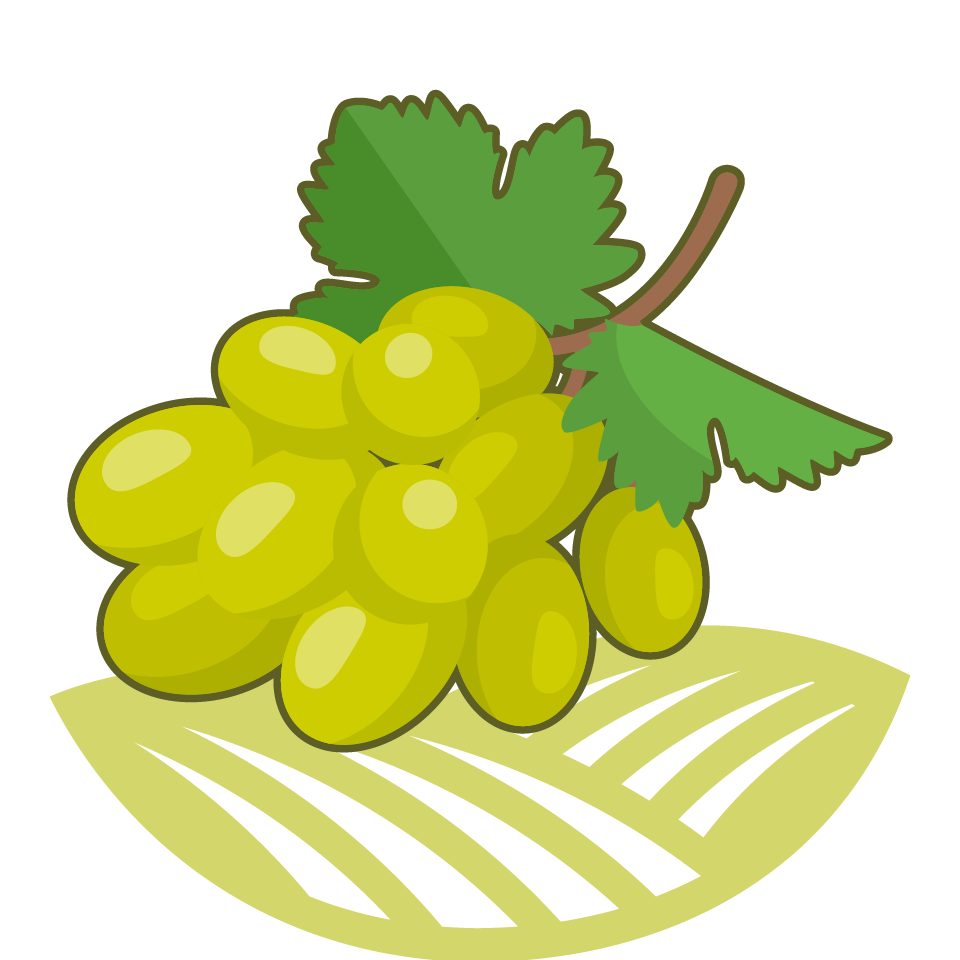Demonstrate the high capacity and versatility of robots to carry out different tasks in vineyards, contributing to the economic profitability and quality of grapes for the production of wine.

The early detection of pests and anticipating the appearance of visible symptoms in the plant can avoid large production and economic losses for the wine sector. Botrytis cinerea, also known as the “grey rot” is usually more lethal in the grape clusters. It is introduced into the grain and generates a grey layer around the grape, emptying its content. It is a serious disease for the vineyard that can ruin a harvest, as well as having a very negative influence on the quality of the wine.
A fleet of heterogeneous robots, working in a coordinated way, will be used to carry out different agricultural activities.
UAV’s will be used for inspection purposes related to the early detection of Botrytis cinerea and for obtaining relevant data such as water stress and degree maturation, with the main aim of achieving more cost-efficient operations within the vineyard.
Based on the data gathered by UAV’s, small unmanned ground vehicles (UGVs) will responsible for complementing inspection operations through:
- Close recognition of areas possibly infected with Botrytis cinerea: Using the geolocated reference obtained from the drones, UGVs will approach and send pictures from the areas where the disease is possible to be present, so experts can determine if this is the case and the accurate treatment.
- Phytosanitary treatments: In confirmed areas affected by Botrytis cinerea, ground robots will apply phytosanitary treatments in the plant where the disease is located, reducing the expenditure of phytosanitary product and avoiding treating unaffected plants and fruit.
- Grape transport robots: A fleet of small mobile robots capable of safely following the operators who are harvesting will be in charge of transporting, autonomously, the grapes collected in the vineyard to the winery. The robots will be able to move in the vineyard lines and head to the winery, after being filled with grapes. In addition, they will have sensors that will allow to know the filling status of the basket, as well as the weight of the grape. These data are of great interest together with geolocation, to know precisely the production of each specific area of the vineyard, allowing to generate a harvest map of the vineyard.



